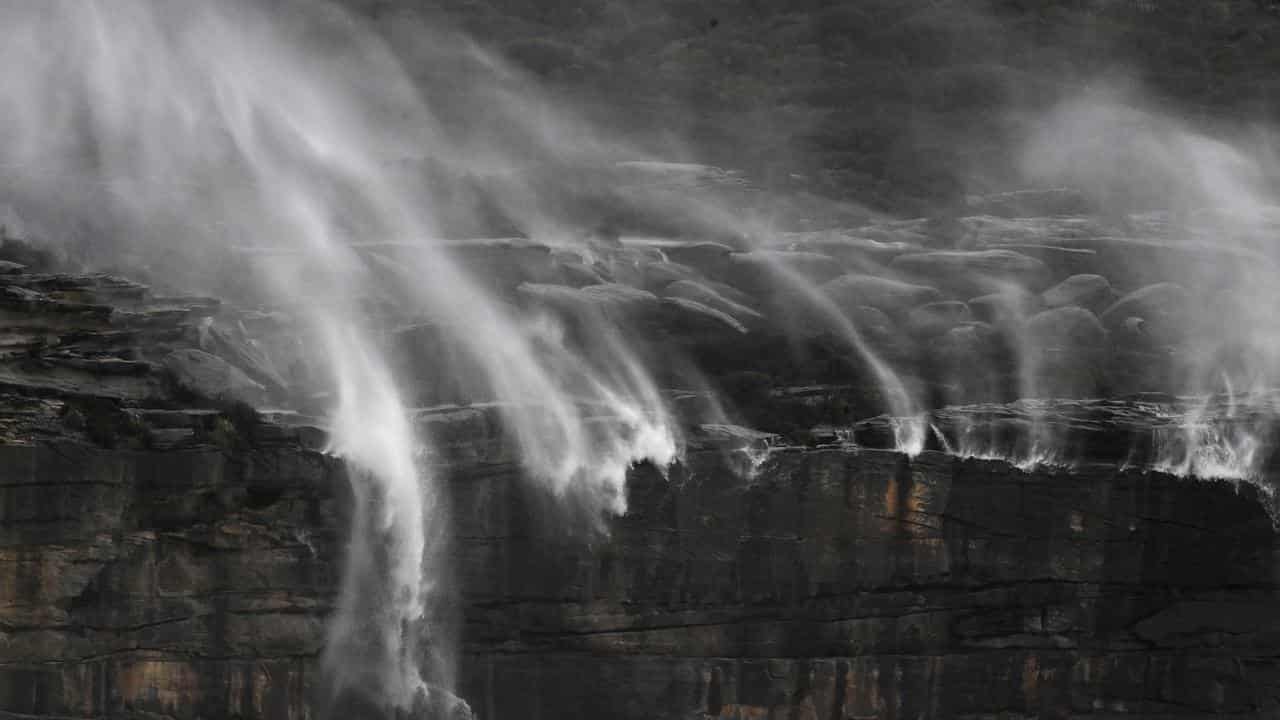
Disaster-weary residents have been told to brace for storms and possibly floods in the coming months despite predictions for a dry spring along the east coast.
The Bureau of Meteorology is warning that the season marks the peak season for severe storms in Australia's eastern states and that outlook is largely unchanged despite developing El Nino conditions.
Senior climatologist Hugh McDowell said the long-range forecast was for lower-than-average rainfall in NSW in spring with a high chance of above-average temperatures.
He said the developing El Nino and conditions in the Indian Ocean meant less overall rainfall, but their influence on severe storms was weaker.
"We can expect the number of severe storms to be close to historical averages this year," Mr McDowell said, adding that the flood risk was also close to average.
NSW State Emergency Service Commissioner Carlene York said people should not be complacent and she urged residents to get their properties ready for severe storms.
“Throughout storm season severe weather, such as flooding due to isolated heavy rainfall, strong wind events and damaging hail, can all have significant impacts on communities," she said.
Between October last year and March, NSW SES responded to more than 14,000 storm-related incidents.
Those storms followed record flooding in parts of NSW and Queensland in February and March 2022, one of the costliest natural disasters in Australian history.
Residents in NSW, South Australia, large parts of Victoria and southeast Queensland have also been told to brace for an elevated risk of spring bushfires during what could be the worst fire season since the 2019-2020 Black Summer.
Several years of La Nina-driven rain have dampened fire concerns, but the wet conditions have also fuelled the growth of now rapidly drying vegetation.


